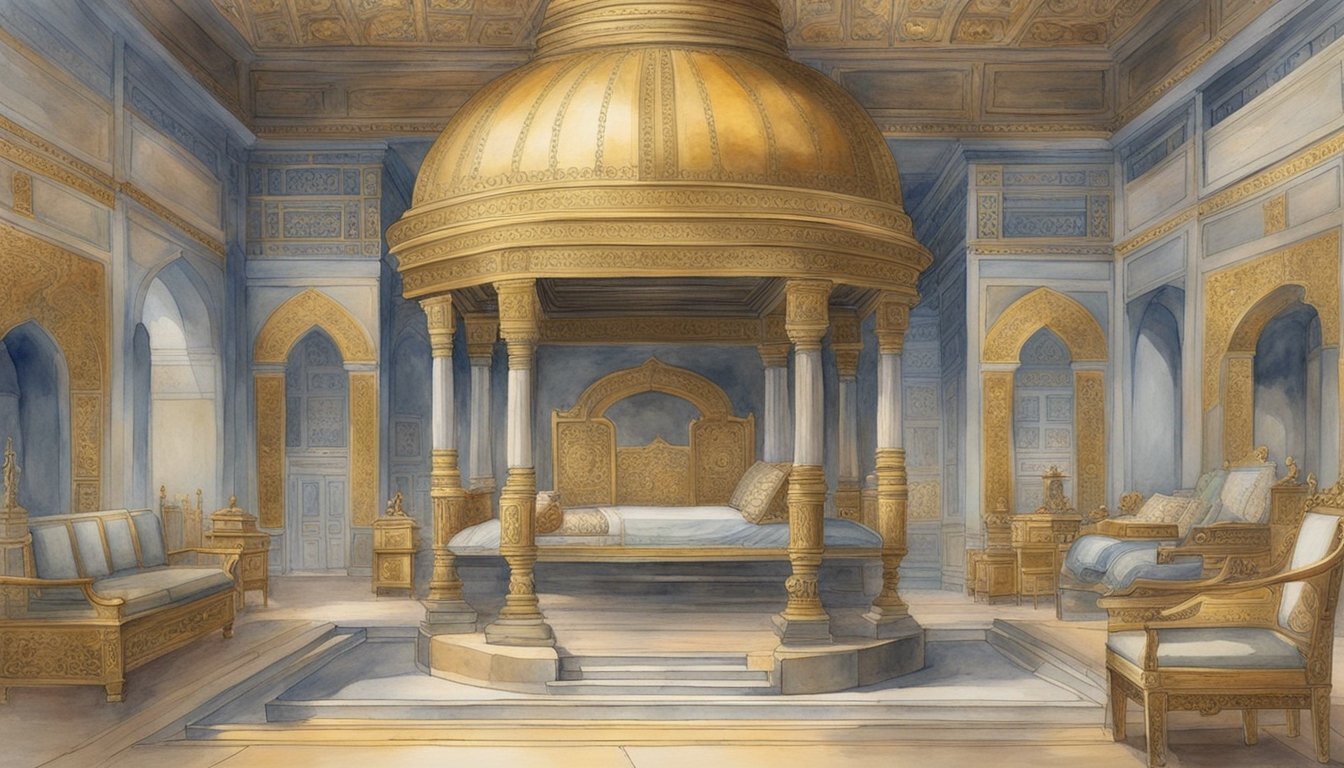Discovery and Excavation
The discovery and excavation of King Tutankhamun’s tomb is one of the most significant events in the field of Egyptology, unfolding in the early 20th century. It provided an unparalleled insight into ancient Egyptian culture and burial practices.
Initial Discovery
In 1922, after years of systematic searching, Howard Carter, a British archaeologist, and his team uncovered the steps leading to Tomb KV62 in the Valley of the Kings. This tomb, which had laid undisturbed for over 3,000 years, belonged to Tutankhamun, a young pharaoh who ruled during the Eighteenth Dynasty.
Excavation Challenges
The excavation process faced numerous difficulties. The tomb’s location and the fragile state of the artifacts required careful handling. Furthermore, work was halted during World War I, adding to the delay. Once the war concluded, Carter and his patron, the Earl of Carnarvon, negotiated with the Egyptian government to resume their endeavors, leading to the tomb’s eventual uncovering.
Key Contributors
Howard Carter was the lead archaeologist responsible for the discovery and primary excavation. Support from his financial backer, George Herbert, the 5th Earl of Carnarvon, was crucial to the project’s success. Post-discovery, numerous Egyptologists and conservators contributed to the clearance and conservation of the artifacts, many of which are now housed in the Egyptian Museum in Cairo, and the soon to be opened Grand Egyptian Museum.
Tomb Treasures and Artifacts

The discovery of Tutankhamun’s tomb unveiled a vast collection of treasures and artifacts that offer insight into the life and death rituals of ancient Egypt. These items, ranging from the opulent to the everyday, reflect the status and beliefs surrounding the young pharaoh’s journey into the afterlife.
Funerary Items
Tutankhamun was laid to rest surrounded by an array of funerary items designed to guide and protect him. Among these were the elaborately decorated coffins and the golden sarcophagus, intended to ensure his safe passage to the afterlife. The tomb also housed canopic jars that held his embalmed organs, signifying the importance of preserving the body for the journey ahead.
Regal Artifacts
As a pharaoh, King Tut’s tomb was well-stocked with symbols of his status. Notable among these items was his gold throne, which depicted Tutankhamun and his wife, Ankhesenamun, under the rays of the sun disc Aten. Shrines and statues of dieties, including Aten and Amun, emphasized his connection to the divine. The presence of his regal chariots further highlighted the opulence and might of the pharaoh’s reign.
Personal Belongings and Decor
Alongside the grandeur, Tutankhamun’s personal effects provided a glimpse into his daily life and the customs of Amarna. Items such as clothing, archery sets, and walking sticks were found within his burial chamber. His sandals and an assortment of toys paint a more intimate picture of the boy behind the title of king, while his personal jewelry reflects the intricate artisanship and value placed on adornment in ancient Egyptian culture.

